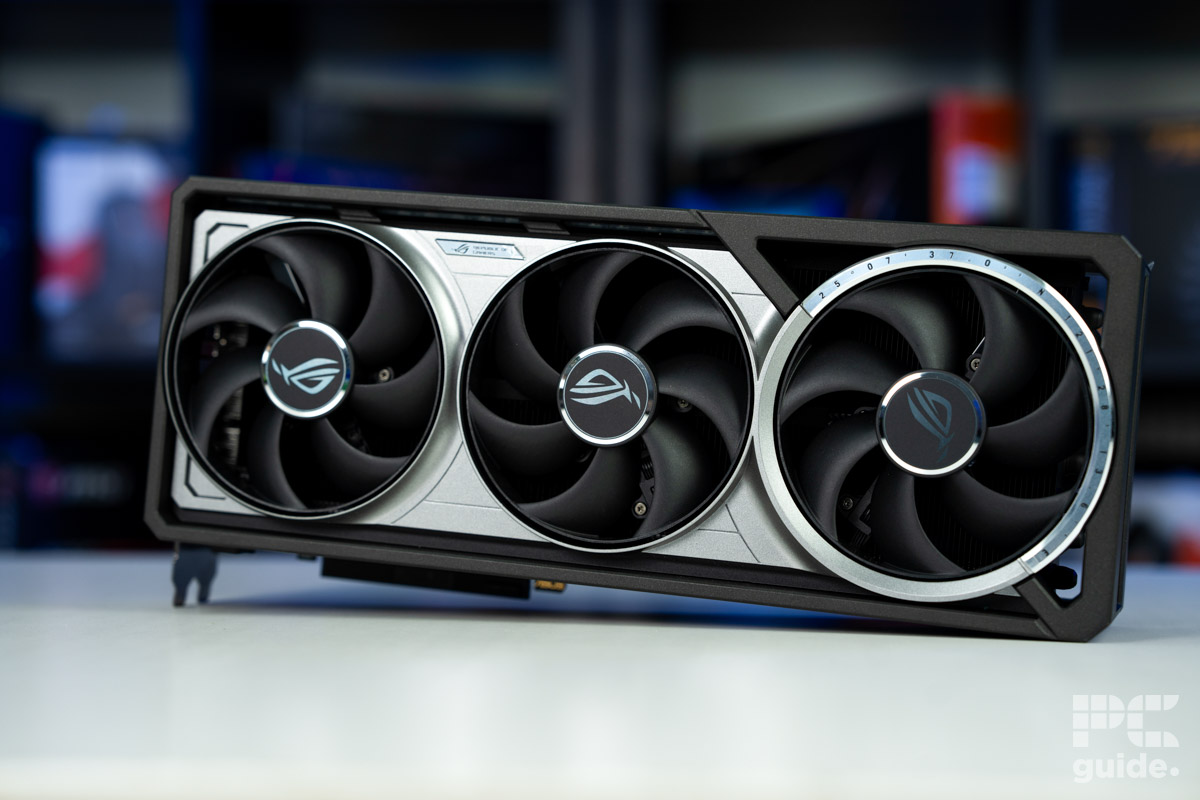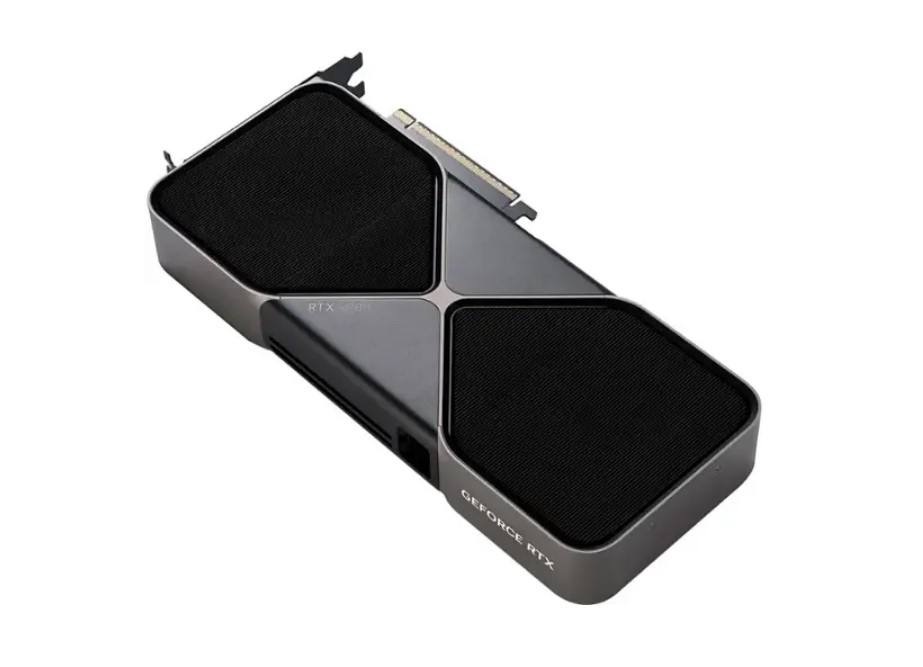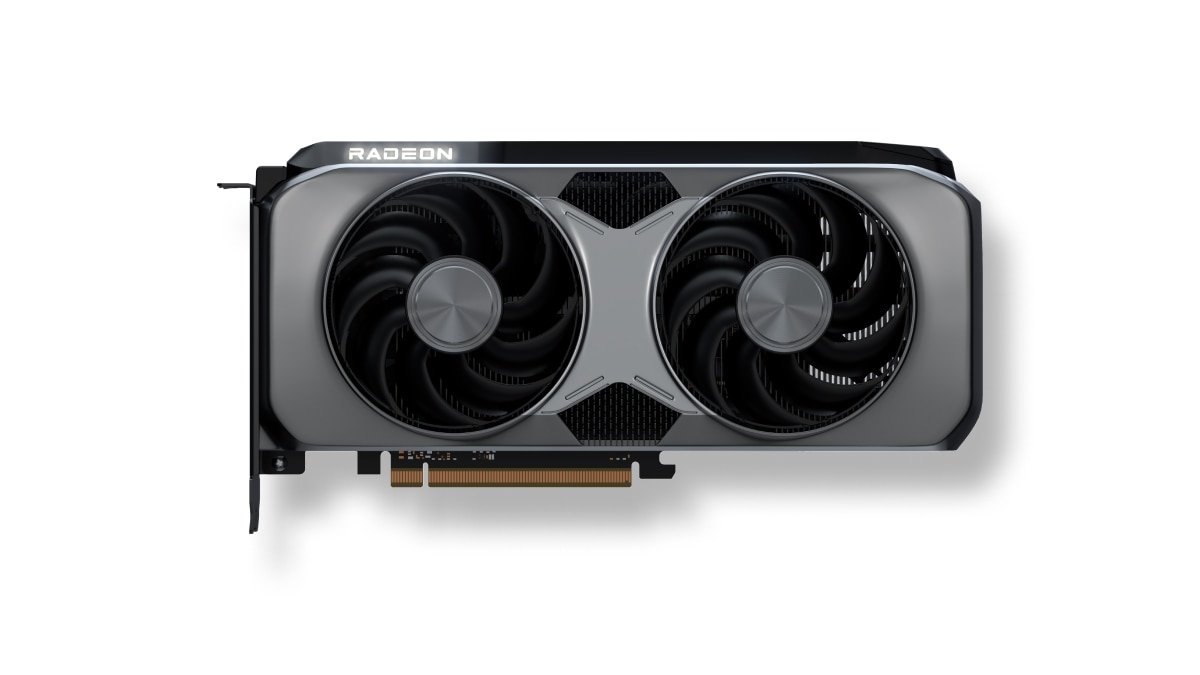RX 9070 vs RTX 5090 spec comparison – how much do they differ?

Table of Contents
AMD has finally unveiled its RDNA 4 graphics cards after quite some time, following a surprising lack of announcements at CES 2025, even though everything was seemingly in place to do so. However, now we get to see what its generation of graphics cards brings to the market, and some competition to Nvidia is taking the spotlight with its RTX 50 series release.
In this case, we’re looking at how the RX 9070 and RTX 5090 compare based on specs and differences in their makeup. However, that doesn’t tell the whole story of what the cards have to offer, so we will update once we can get hands-on with them and put them through our testing lab to see how they perform in our GPU reviews. So, here’s how they compare with what we know.
RX 9070 vs RTX 5090 specifications
| Specifications | RX 9070 | RTX 5090 |
|---|---|---|
| Compute units | 56 | 170 (SMs) |
| RT Accelerators | 56 | 170 (RT Cores) |
| Peak AI TOPS | 1165 TOPS | 3352 |
| Boost clock speed | 2.52 GHZ | 2.41 GHz |
| Memory | 16GB GDDR6 | 32GB GDDR7 |
| TBP | 220W | 575W |
| Connectivity | PCIe 5.0 x16 | PCIe 5.0 x16 |
| Display | HDMI 2.1b DisplayPort 2.1a | HDMI 2.1b DisplayPort 2.1b |
Here is an overview of the current specs we know for the two cards, followed by a brief description of what they mean for the cards and their effect on them.
Cores
At the heart of the graphics cards is the processing die, holding all the power to do the hard work of creating the graphics and renders you get from it. There’s a stark difference between AMD and NVIDIA in terms of technology. Team Green’s CUDA cores are renowned for rendering and prominence in the work it does. While AMD struggles behind, especially when it comes to ray tracing performance.
So, it’s not a straight one-to-one comparison we can make between the two, but we can see the spec they bring to the table. The RX 9070 packs 56 compute units with an equal amount of ray tracing cores while it pumps up the AI accelerators to 112. On the other hand, the RTX 5090 has 170 SMs and 170 RT cores onboard, still plenty more hardware even if it’s not comparable to AMD’s set.
When it comes to the speed of these, the two cards have very similar boost clocks, although AMD manages to run even higher. It achieves a 110MHz higher boost clock as it manages to run its cores faster, but with overclocked models on offer, that difference can change since these specs are the factory-set ones from the two companies.
Memory
There is a stark difference between the two cards’ VRAM. AMD has stuck to the last generation of GDDR6, which has a slower per-pin bandwidth, leading to slower performance. Meanwhile, Nvidia has GDDR7 that is capable of a 28Gbps clock, compared to around 20Gbps that AMD can achieve.
Team Red also has half the capacity onboard, offering 16GB, whereas Nvidia has 32 GB. That also, with the lower bandwidth, will drop its capability, especially at higher resolution scenarios. That’s where it has the most impact, with all that information and textures getting loaded onto and ready to be processed.
Power and connectivity
All of the PCB’s components need plenty of power to run, so looking at the total board power, we can see the kind of power supply these need and the potential cooling you’ll have to consider when installing them. Here, the 9070 has a 2.6x/355W lower rating that is much easier and cheaper to keep going when it reaches that high level. That should result in a smaller card that does not get as hot.
Then there’s the connectivity the two offer, which is pretty similar. The two cards both integrate a PCIe 5.0 x16 connector to your motherboard, which gives them the potential for 63GB/s throughput, along with the display IO that brings HDMI 2.1 and DisplayPort 2.1 for some of the latest speeds and capabilities to your monitors.
Pricing
Now, there is quite a significant contrast between the two cards, considering that the RTX 5090 has an MSRP of $1,999—that’s if you’re lucky enough to get it at the retail price. There are plenty of custom models that increase the price, and there are scalpers asking for even more. ASUS’ Astral model has a sale price of $3,099 before any of the extras even come in.
On the other hand, the AMD RX 9070 has been announced for $549, making it 73% cheaper as it has a price of $1,450 less than the Nvidia flagship. That isn’t totally unexpected considering AMD wasn’t going to be competing at the top end, and its RDNA 4 brings 1440p pricing to 4K capable cards

Verdict
When comparing the RX 9070 to the RTX 5090, the two are on quite different levels. The Nvidia card aims for high 4K performance and has the price to match at $2,000, let alone being able to find it with the 5090 stock issues. On the other hand, the 9070 aims for a bit less with a price to match, but it will be good to see the performance comparison.
They each also have their own upscaling capabilities that can bring plenty more potential to each of the cards. As FSR 4 brings AMD’s new upgrade to the table, while Nvidia’s DLSS 4 has multi-frame gen that’s locked in to the cards. It will be great to see how the performance will compare between the two.

